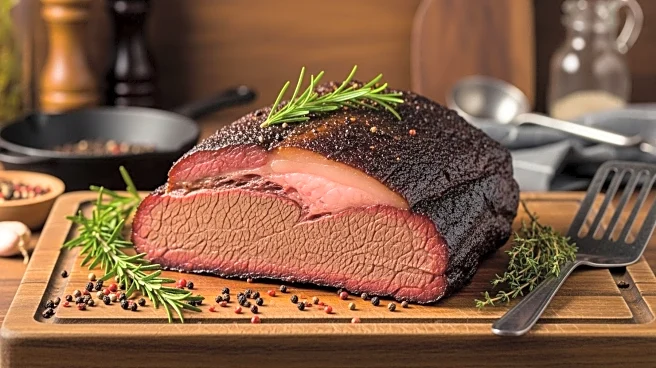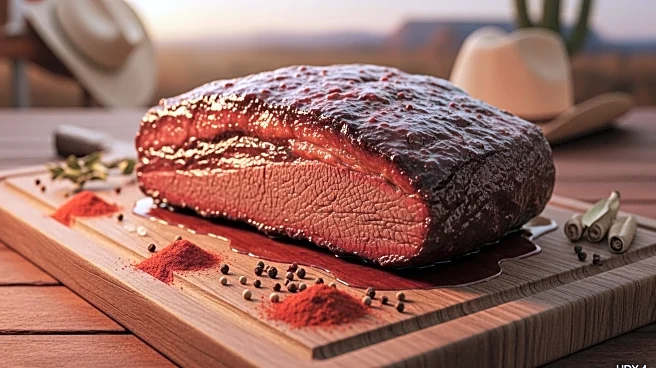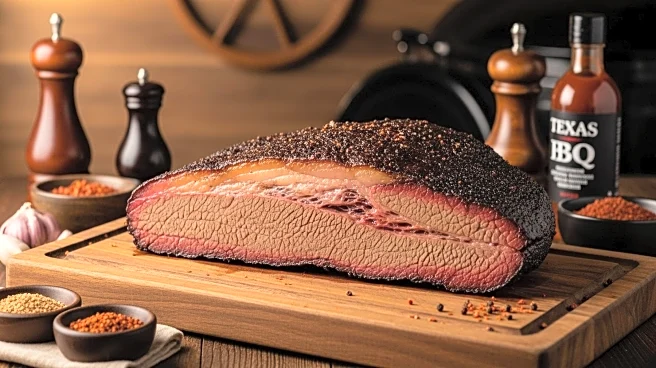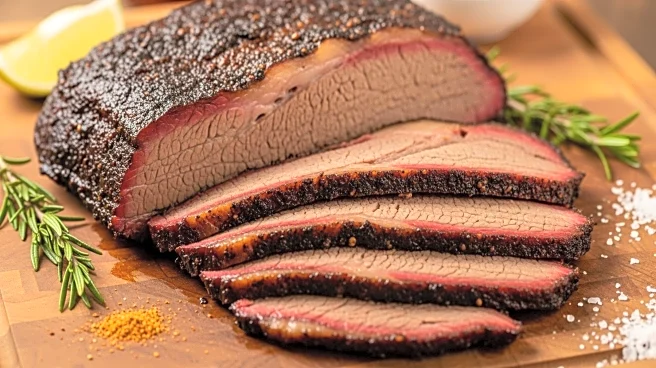Brisket's journey from a humble cut of meat to a culinary leader in America is a testament to its adaptability and cultural significance. Initially popularized by Ashkenazi Jews, brisket found its way into Texan cuisine, where it became a barbecue staple. This transformation was driven by strategic culinary decisions and the ability to cater to diverse tastes, making brisket a beloved dish across the nation.
Leadership Context
Brisket's leadership in the culinary world is rooted in its historical significance and cultural adaptability. As Jewish immigrants settled in Texas, they brought their culinary traditions, including brisket, which was embraced by the local community. This acceptance paved the way for brisket to become a leader in both Jewish and Texan cuisines, showcasing its versatility and appeal.
Decisions and Strategies
The strategic decision to integrate brisket into Texan barbecue culture was pivotal in its rise to culinary prominence. Jewish immigrants, alongside Czech and German settlers, adapted their traditional brisket recipes to include smoking techniques, creating a unique flavor profile that resonated with Texans. This innovation allowed brisket to thrive in a new cultural context, expanding its reach and popularity.
Outcomes and Accountability
The successful integration of brisket into Texan cuisine resulted in widespread recognition and appreciation for the dish. Brisket's popularity in Texas barbecue has led to its inclusion in numerous culinary events and competitions, further solidifying its status as a culinary leader. The dish's ability to maintain its cultural roots while adapting to new environments demonstrates its accountability to tradition and innovation.
Lessons for U.S. Audiences
Brisket's journey offers valuable lessons for U.S. audiences, highlighting the importance of cultural exchange and adaptation in culinary practices. By embracing diverse culinary traditions, brisket has become a symbol of unity and shared heritage, encouraging Americans to explore and appreciate the rich tapestry of flavors that define the nation's cuisine.
 Discover Daily • 8 min read
Discover Daily • 8 min read 









